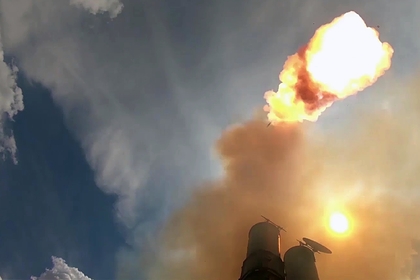The Russian S-550 missile defense system probably works on the principle of kinetic interception of targets, which will eliminate the formation of "nuclear ash" over the heads of Russian residents when intercepting enemy missiles, for example, the United States. This is what TASS military columnist Dmitry Litovkin writes about.
The author notes that "in the case of the missile defense system in the USSR, the interception of nuclear warheads over the Central Industrial Region of the country was carried out by a counter nuclear explosion." "Everything burned up in the plasma cloud - false targets, deceptions and the warheads themselves. Thus, the "nuclear ashes" still fell on the country. The S-550, logically speaking, will work on a different principle — kinetic interception," the observer is sure.
In his opinion, "the fragments of the warhead will sound, but not as if they still managed to detonate their charge over our heads." The author is sure that, most likely, the S-550 can become "the development of the A-135 system, which, while remaining on combat duty, will be supplemented by a new echelon of anti-missile long-range transatmospheric interception of the A-235 Nudol and its mobile counterpart."
In November, a TASS source close to the Defense Ministry said that the first mobile specialized strategic missile defense system S-550 will be put into service with the Russian army until 2025. As they wrote at the same time RIA Novosti, citing sources in the military-industrial complex, the S-550 will become the world's first mobile specialized anti-missile and anti-space defense system.
Ivan Potapov

